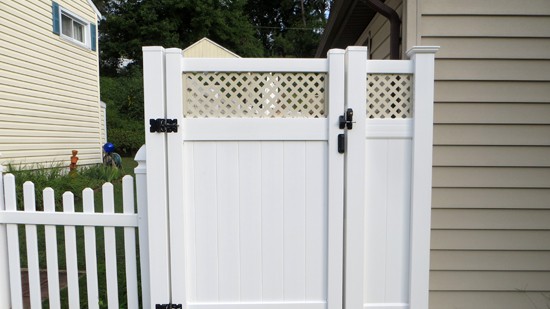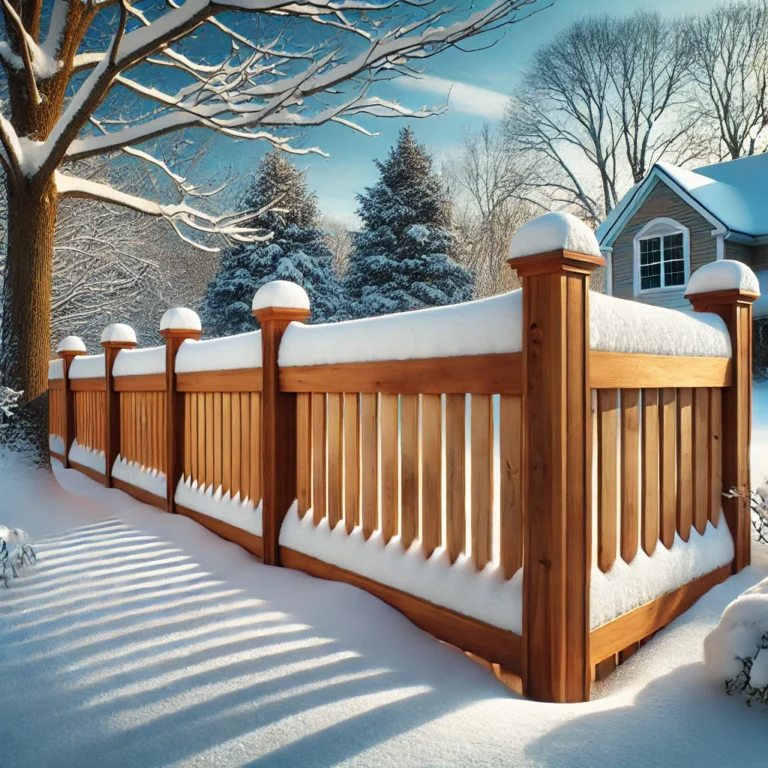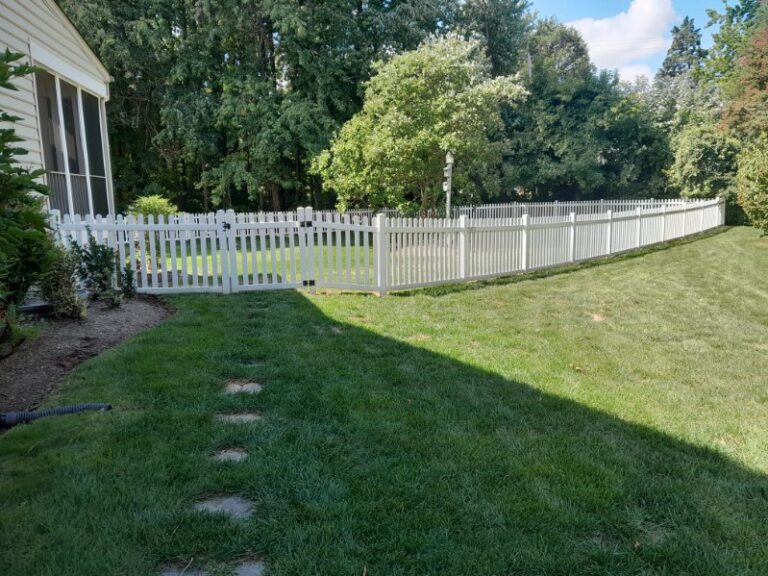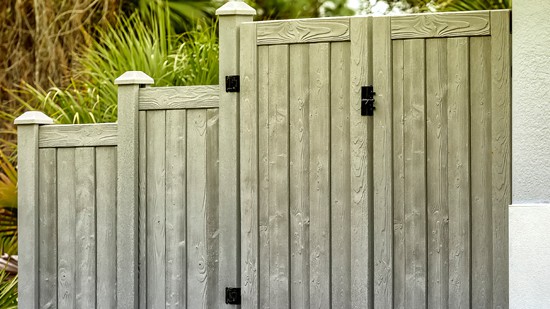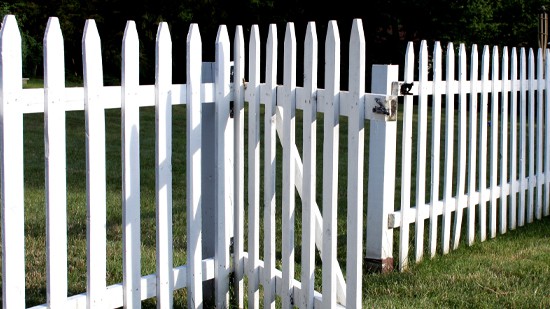Your fencing is an important component of your home’s safety. This is particularly true for families with children and pets. You want a fence design that is going to keep your family safe from harm, yet still looks beautiful from every angle. That’s where we come in. Check out these fence modifications for child and pet safety, courtesy of All Around Fence.
Install a Mud Board or Rot Board at the Base of Your Fencing
If you have dogs that dig around your fencing, consider installing a mud board (also known as a rot board). This is a thick horizontal beam that goes along the base of the fencing. It is designed to protect the base of the fence posts from rot and mud damage, but it can also act as an effective barrier for dogs. This extra layer of security may be the difference between your dog getting out of the yard and staying safe at home.
As an additional option, we have seen many homeowners use chicken wire along their fence lines to keep their dogs from digging. The chicken wire is staked into the ground horizontally, then bent vertically and attached to the fencing. Some homeowners also dig a small ‘trench’ along the fence line and push the chicken wire deep into the ground. This could work for a while, but watch for rust and rot along the fence posts.
Use a Lock or Carabiner to Secure Fence Gates
Your fence gate should have a place to put a lock on it. However, not all homeowners want to lock their gates because they go in and out frequently. If you leave the gate unlocked, you run the risk of your pet or child pushing it open. Even the strongest latches will eventually wear down over time, making them easy to push open with force. You could either put a ‘dummy lock’ on there, where the lock is not fully secured, or you could use a carabiner to hold the latch in place. Then you can easily remove it as needed.
Add a Decorative Border to the Top of Your Fencing
If you need to make your fence taller for pet safety, you could add a decorative border to the top. This will create a height that the dog cannot jump over, but it will not detract from the integrity of your fence design. Borders can be added after the fence is installed, or they can be incorporated during the design process.
Determine Where You Want the “Pretty Side” of the Fence to Face
There are two sides to most wood fences: the smooth side with flat pickets and the other side with support beams. The rule of thumb is to have the smooth side of the fence facing out. If your fencing is visible from the street, the flat side does more for curb appeal.
However, there are other factors to keep in mind when it comes to child and pet safety. If you have older kids who like to climb, the horizontal beams on the ‘ugly’ side of the fence may create the perfect means for escape. In that case, you may opt for the smooth side facing inward so your children are less likely to climb out of the yard.
On the other hand, having the rails on the outside means that other people have easy access to your yard. This may not be a concern if you have neighbors connected to all sides of your yard, but even then, you have to think about your overall safety. We still recommend putting the smooth side out for most installations, but you may want a different orientation for your situation. We can make fence modifications to accommodate your needs.
Get a Fence Design with Child and Pet Safety in Mind
Each family has a unique set of factors that influence their fencing needs. We want you to have the best fence for child and pet safety. Contact All Around Fence at (443) 838-9374 to schedule an in-person consultation for fence installation. We will discuss your needs, goals and family structure to provide the perfect fence modifications for you. You’ll get a personalized fence design that protects the whole family.

